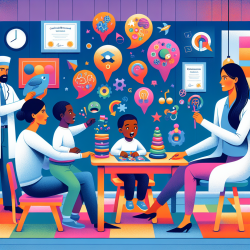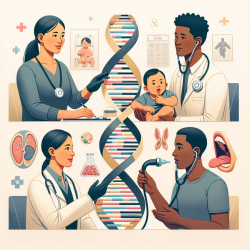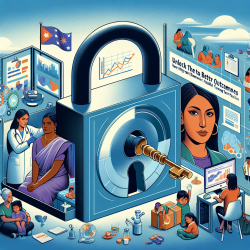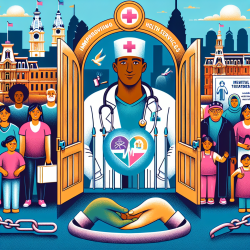In the evolving field of speech pathology, practitioners constantly seek innovative methods to enhance therapy effectiveness and professional development. A notable example of such innovation is detailed in "A Joint Services Project," a collaborative effort between two speech/language pathologists from different sectors within Saskatchewan's Department of Health. This project not only demonstrates the potential for improved client outcomes through collaborative projects but also highlights the importance of professional growth and development for therapists.
The initiative involved a two-week intensive articulation group therapy program for children, designed to improve articulation skills and facilitate the carryover of learned skills into everyday conversational speech. The success of this program underlines several key benefits of collaborative projects in speech pathology:
- Enhanced Therapy Techniques: The project showcased the ability to create a dynamic and engaging therapy environment that encourages the carryover of articulation skills. By focusing on group activities, children were motivated to practice and improve their speech, leading to notable improvements in articulation and overall speech intelligibility.
- Professional Development: The collaboration provided a platform for therapists to exchange ideas, receive immediate feedback, and support each other, addressing the challenge of professional isolation often experienced in rural settings. This interaction is crucial for stimulating professional growth and development.
- Efficient Use of Resources: By sharing responsibilities and expertise, the therapists were able to offer a more intensive program than might be feasible individually. This approach maximizes the impact of limited resources, a common challenge in many healthcare settings.
- Parent and Community Engagement: The project also emphasized the importance of involving parents and the community in the therapeutic process. By educating parents on techniques to correct their child's speech and incorporate practice into daily activities, the project reinforced therapy goals outside the clinical setting.
Moreover, the success of this joint project led to the development of further collaborative efforts, including the production of a teaching tape on speech and language development and disorders. This initiative aimed to educate both professionals and the general public, highlighting the critical role of early referral and intervention in speech and language pathology.
These outcomes suggest that collaborative projects not only enhance the therapeutic process but also contribute to the professional development of therapists. By working together, speech pathologists can explore new strategies, share knowledge, and ultimately provide higher quality care to their clients.
For speech pathology practitioners looking to improve their skills and service delivery, the insights from "A Joint Services Project" offer valuable lessons. Embracing collaboration, whether through joint therapy programs, educational initiatives, or research projects, can lead to significant advancements in therapy techniques and professional growth.
To further explore the benefits and methodologies of this collaborative approach in speech pathology, A Joint Services Project provides a comprehensive overview of the project's objectives, execution, and outcomes.










